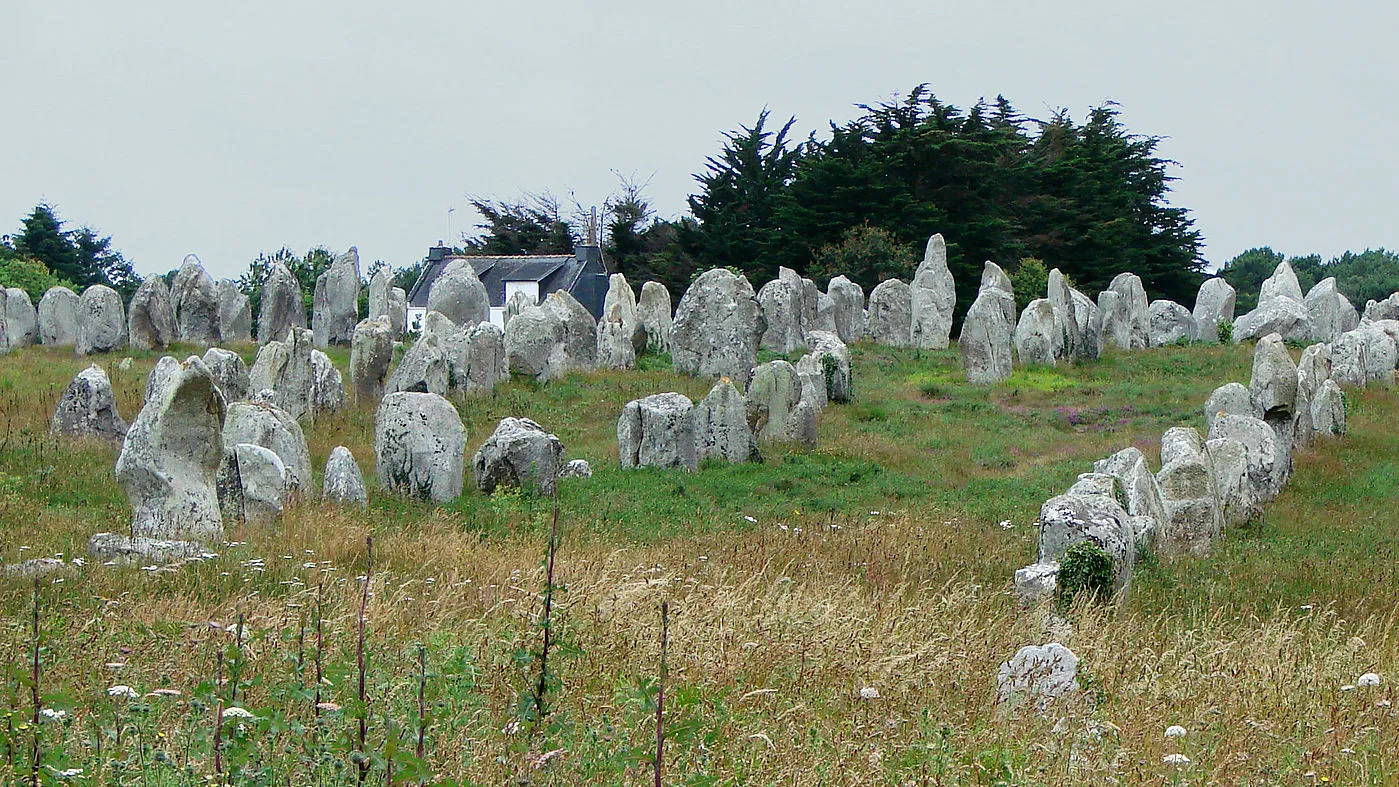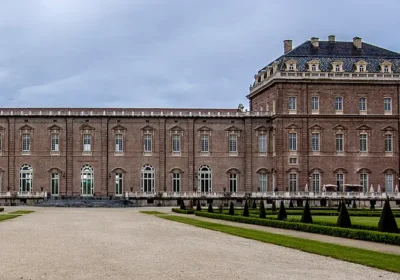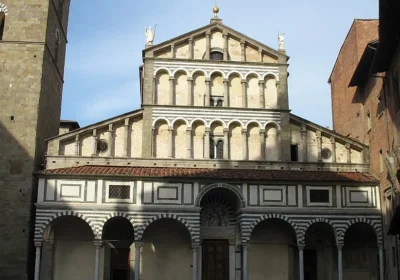The Stone Age is divided into the Old Stone Age, or Paleolithic, and the New Stone Age, or Neolithic. The Paleolithic is the age of fossilized man and belongs to that remote time when the Earth’s climate and its plant and animal life were quite different from those of today.
Neolithic – the New Stone Age, or the age of polished stone.
The Ice Age, and with it the megafauna and species diversity of mankind were left behind. Neanderthals have left the historical scene, our ancestors – people of Cro-Magnon type – became the winners. Therefore, from the Neolithic era begins Our History. In 1868, during the construction of a railroad in the town of Cro-Magnon (Dordogne department, France), five skeletons of Homo sapiens (Latin Homo sapiens – a reasonable man) were found. This discovery confirmed the scientific hypothesis that modern man “settled” in Europe about 33 thousand years ago.
The expansion of sources of subsistence facilitated human settlement over a larger area. The development of pottery and building trades suggests a more firmly settled people. Improvements in weaving and leatherworking indicate increased human material needs.
The relatively rapid onset of the Neolithic is observed in countries with favorable climatic conditions: West and Central Asia, Egypt, India, and somewhat later in Southeastern Europe. In the northwest of Europe, the Urals and Siberia, the process was very slow, because the natural conditions did not allow to move away from the old ways of food extraction.
During the Neolithic period in many areas of Western Europe, such powerful stone structures, oblong in plan and more or less definite in shape, which were once called the tombs of giants for their enormous size, were erected. Around these stone structures and their builders, numerous legends were formed, and the most bizarre assumptions were made about their origin and purpose.
Megalithic structures are the earliest architectural monuments of the past preserved in the West. They are found throughout Europe, the oldest of them date back to the middle of the V millennium BC, and the period of prosperity comes for them in the III millennium BC, at the turn of the Bronze Age. These are monumental structures, which in their simplest form are large stones with a base anchored in the ground.
The greatest concentration of megaliths in France is found in areas such as Brittany (Bretagne) and Auvergne (Auvergne). To date, more than 500 megalithic monuments are known in Brittany. The most popular are the Carnac stones and the stones at Saint-Sulpice-de-Faleyrens.
The name Carnac comes from the Breton “carn”, literally “pile of stones”. It is a mysterious settlement in northwestern France, on the southern coast of Brittany, famous for its many megaliths: menhirs, dolmens and burial mounds. It is estimated that there are about 3,000 of them there, three groups, although it is believed that they were once all a single entity.
The purpose and origin of these Neolithic monuments remain a mystery. Until recently, they were worshipped by the inhabitants of Brittany. Since the main building material for megalithic cultures was stone, it is logical that great importance in the mythology of the time was given to stones, there was a mythopoetic identification of “man = stone” and its mytho-ritual significance associated with the creation of a stone tomb preserving the life of the dead.
A curious Celtic legend illustrating the identification “man = stone” is found in the life of one of the Roman popes – St. Cornelius. When he was hiding in Brittany from persecution, a legion of Roman soldiers was sent to capture him. They tracked Cornelius down and chased him through the hills. Cornelius, according to the hagiography, turned the soldiers into rows of stones, which now come to life once a year – on the night of June 21-22.
The closest myth to the legend of St. Cornelius is the famous myth of Medusa Gorgon, who had the ability to turn all those who looked at her into stones. Another myth tells us that the “Greek Noah” Deucalion and his wife Pyrrha, having been saved after the Flood, revived the population of the Earth by throwing stones over their shoulders, and from the stones thrown by Deucalion, men appeared, and from the stones thrown by Pyrrha – women.
The ancient Romans who lived in these areas once used them for religious rituals – there are images of Roman gods on some stones and monuments. Evidence of the spread of Christian teachings in these areas is also found in reliefs on numerous stones. Images of the cross and other Christian symbols can be found here. The mysterious structures are estimated by scientists to be about 5,000 years old. However, it is clear that they were erected in different eras, including the early, middle and late Neolithic.
To date, 4505 dolmens and 2208 menhirs have been registered in France. Grandiose, simple in form stone structures were erected by the labor of the entire primitive community, were an expression of the unity of the family, its power. They were quadrangular structures made of slabs (dolmens), vertical pillars, sometimes decorated with reliefs (menhirs, which include the “stone babas” of southern Russia), and pillars arranged around a sacrificial stone (cromlechs).
Over the centuries, a huge number of megaliths have been dismantled, sawn or blown up. The Romans used megalithic stone to pave roads and build houses. In medieval times dolmens and other megaliths were regarded as traces of paganism, and their attitude to them was purely utilitarian: stone crosses were carved out of them or they were simply destroyed. In the 19th century, the greatest damage to prehistoric structures was done by amateurs from archaeology and treasure hunters who blew up megaliths in the hope of finding gold under them. Even in the second half of the 20th century, not everyone understood the historical value of Neolithic monuments. For example, in 1974, the mayor of a French commune ordered the demolition of a dolmen “for more rational use of the land plot”.

















